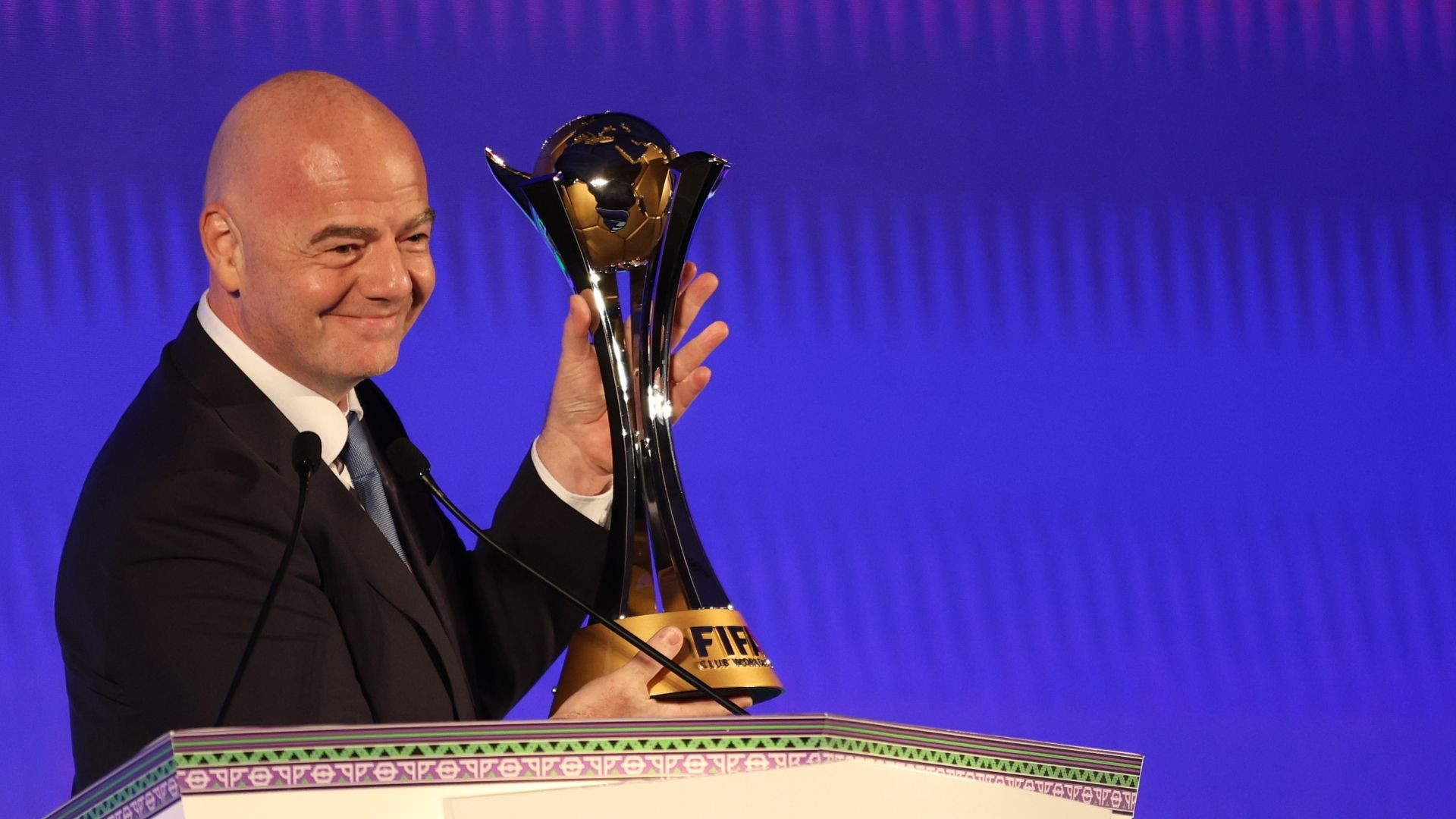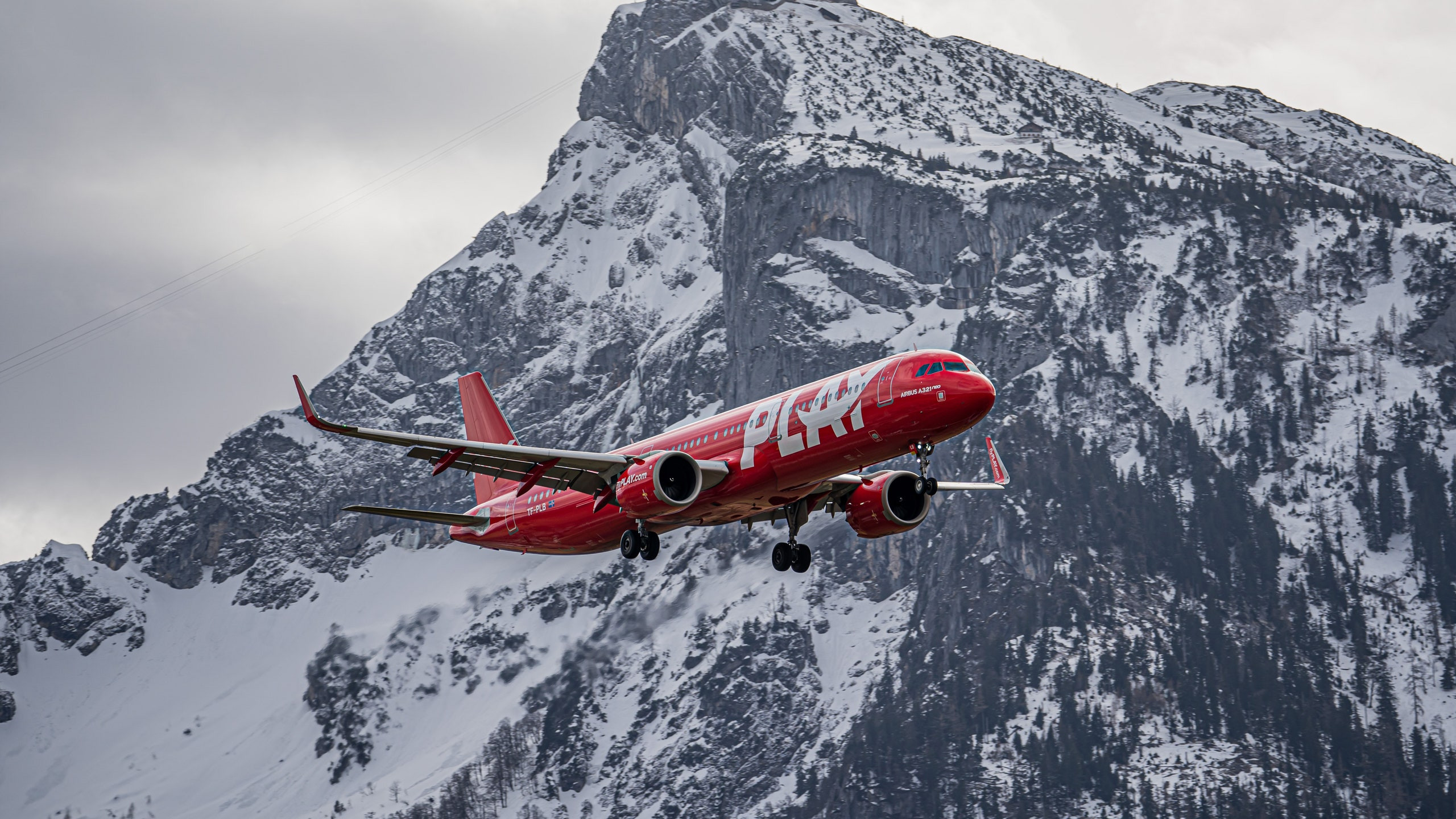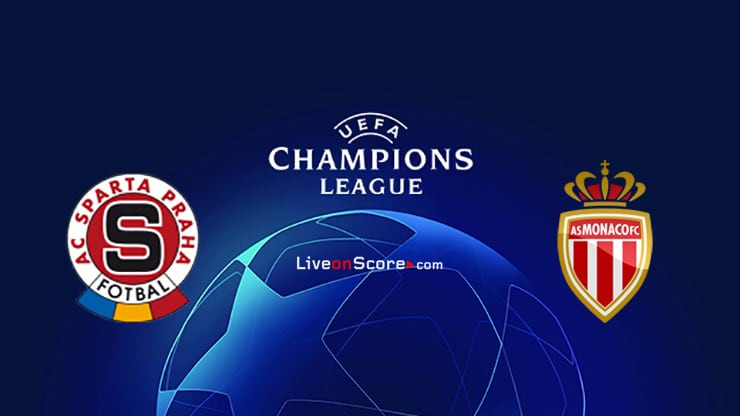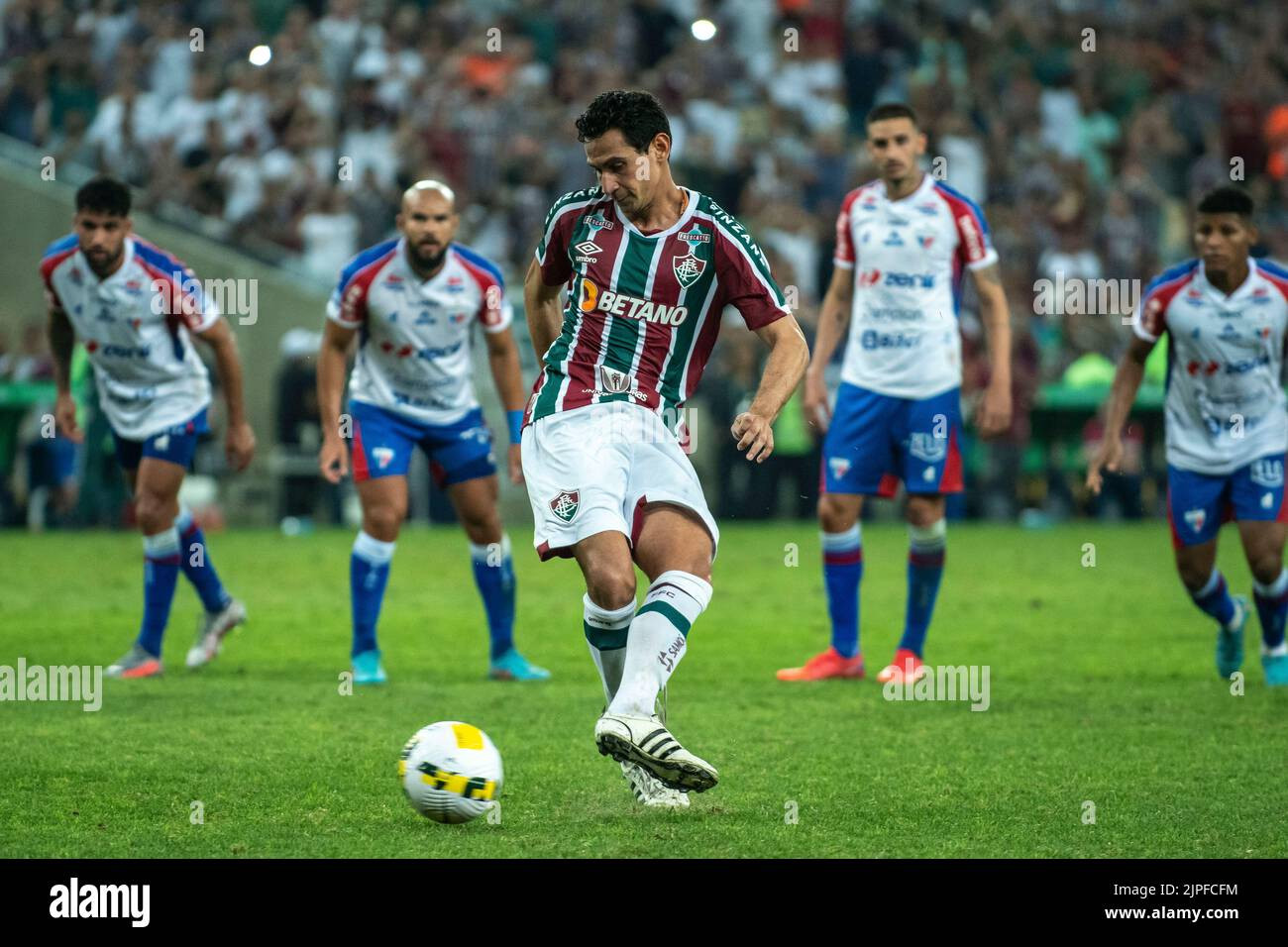FIFA's Bold Gamble: The 2025 Club World Cup
The year is 2025. A groundbreaking event is set to unfold: FIFA's inaugural 32-team Club World Cup, a tournament designed to pit the world's best club teams against each other in a month-long extravaganza across the United States. From June 15th to July 13th, the world will witness a clash of titans, a true global soccer championship featuring multinational professional teams from Europe, the Americas, Africa, Asia, and Oceania. This represents a radical shift from traditional formats, where most professional teams compete within national or continental borders.
The Tournament Format and Venues
The tournament will follow a familiar format, mirroring the structure of the men's World Cup. The 32 teams are divided into eight groups of four, with the top two teams from each group advancing to a knockout stage culminating in a final at MetLife Stadium in East Rutherford, New Jersey on July 13th. The opening match will take place at Hard Rock Stadium in Miami Gardens, Florida on June 15th. Matches will be spread across twelve strategically selected US stadiums, mainly located on or near the East Coast to minimize travel time and optimize broadcast schedules for European audiences. These venues include iconic stadiums like Mercedes-Benz Stadium in Atlanta, Bank of America Stadium in Charlotte, and the Rose Bowl in Pasadena, among others.
Venue Selection Strategy
FIFA's decision to concentrate most venues on the East Coast wasn't arbitrary. This choice was a strategic move to facilitate ease of travel for European teams and fans, given that Europe will send twelve teams to the tournament. Furthermore, this proximity minimizes inconvenient time differences for European TV viewers, making it more attractive for broadcasting deals. The decision also coordinated with CONCACAF (soccer's North and Central American governing body) which will simultaneously host the Gold Cup entirely west of the Mississippi River. This ensures less congestion and competition for resources and attention in the same geographical location.
Participating Teams: A Global Lineup
The 32 participating teams represent a diverse range of continents and leagues. This includes heavyweights from Europe, such as Manchester City, Real Madrid, Bayern Munich, and Chelsea; South American giants like Flamengo and Palmeiras; and representatives from North America, Asia, Africa, and Oceania. The qualification process involved a blend of continental championships and a results-based ranking system, with a caveat that only the top two clubs from any given country could qualify via rankings. This created a unique challenge for several teams, with some highly ranked teams missing out due to the two-per-country limit. The allocation of spots reflected FIFA's geographical distribution strategy with 12 slots for Europe, 6 for South America, 4 for CONCACAF, 4 for Africa, 4 for Asia, 1 for Oceania, and 1 for the host nation.
Qualification Process and Controversies
The qualification process itself was not without controversy. The selection of Inter Miami CF for the “host nation slot” caused uproar when FIFA President Gianni Infantino announced it unexpectedly on the final day of the MLS regular season. The lack of transparency surrounding this decision fueled speculation about political maneuvering and backroom deals.
The Financial Landscape: A Complex Web
The financial aspects of the Club World Cup have been shrouded in mystery and uncertainty. FIFA’s initial projections of billions of dollars in revenue were met with lukewarm interest from broadcasters and sponsors. Negotiations with Apple fell through, and the initial lack of television partners raised significant concerns about the tournament's financial viability. The situation was partially salvaged when FIFA announced a broadcast deal with DAZN, a streaming platform with limited reach in the United States. While this partnership is reported to be worth around $1 billion, the specifics of the agreement—including the exact amount allocated to the Club World Cup—remain unclear. The deal also raises questions about the level of involvement of Saudi Arabia in financing the tournament and whether the broadcast rights will be sublicensed to mainstream networks in the US. This uncertainty highlights the risks inherent in FIFA's ambitious venture. This highlights the ongoing challenges FIFA faces in securing the financial support needed to successfully run the tournament.
DAZN Deal and its Implications
The DAZN deal is a double-edged sword. While securing a broadcast partner is crucial, the platform's limited reach in the US raises concerns about the tournament's visibility among American audiences. The possibility of sublicensing to local free-to-air networks offers some hope, but the lack of clarity about this aspect further emphasizes the precarious financial foundation of the tournament. The financial aspects are not yet entirely clear, and the DAZN deal, while substantial, leaves many questions unanswered, including the exact financial contribution of Saudi Arabia and the details surrounding sublicensing to US networks.
The Future of the Tournament: Uncertain but Promising
Despite the controversies, the 2025 Club World Cup is happening. With the group stage draw already concluded, the tournament is moving forward. However, the challenges remain considerable. The financial uncertainties, the player workload concerns, and the legal battles initiated by FIFPRO Europe and European leagues all cast a shadow over the long-term viability of the tournament. The financial uncertainties surrounding the tournament persist, raising questions about whether the tournament can successfully deliver on its promises. The potential for legal challenges further complicates the situation, creating an uncertain future for the ambitious project. The success of this tournament will depend heavily on managing these challenges and overcoming the lingering uncertainties. Yet, even with these ongoing uncertainties, the sheer scale and global reach of the event hold immense potential. Its success or failure will set a precedent for future editions and, more broadly, for FIFA's ambitions in shaping the global soccer landscape.
A Mixed Bag, But A Start
The 2025 Club World Cup is undeniably a gamble—a bold and ambitious project with immense potential rewards, but also substantial risks. The tournament is poised to be a vibrant event, but its long-term success hinges on resolving the financial uncertainties, addressing the player workload concerns, and navigating the legal battles. While the future remains uncertain, the tournament offers a unique opportunity to redefine the landscape of global club soccer. It promises exciting matches and fierce competition, drawing attention from fans across the world, despite the hurdles involved. This first edition could very well lay the groundwork for a successful and sustainable future for this groundbreaking event.


















